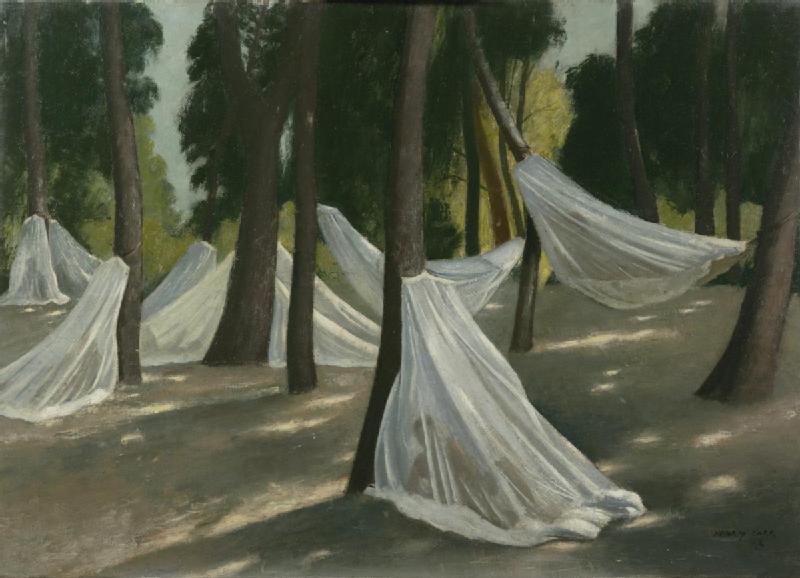
How did people get malaria and where did it come from? Scientists in the 1800s and early 1900s were on a mission to find out all they possible could about the deadly disease.

Brave Mr. Sola
Medical science often needs brave volunteers to assist in making new discoveries that will benefit mankind. Mr. Sola was one of those volunteers who surrendered himself to almost certain death when he allowed mosquitos to bite him in the name of science.
Dr. Battista Grassi was determined to prove that mosquitos could transmit malaria to humans in 1898. As part of his experiments, he, Dr. Bignami, and Dr. Bastianelli would shut Mr. Sola in a dark room with hungry mosquitos.
At first, nothing happened until Dr. Grassi found a sampling of possible malarial mosquitos. Mr. Sola was once again shut into the dark room to be bitten by the new samples. Shortly thereafter, Sola exhibited signs of malaria and the microbes were detected in his blood. He was treated with quinine, but as to whether or not he recovered, Dr. Grassi wrote, “The rest of the history of Sola’s case has no interest for us…”
Dr. Grassi and his colleagues showed that certain mosquitos could cause malaria, but doctors were still unsure if that was the only way to get the deadly disease.
Process Of Elimination
Two doctors, Dr. Sambon from the London School of Tropical Disease and Dr. Low from Edinburgh, and a young man went to Campagna, Rome in 1900, determined to prove once and for all that malaria was spread by mosquitos. When they arrived, one of the doctors asked for the most deadly spot for malaria. There, he and the other men set up a specially made house, complete with wire netting on the windows and double doors to prevent mosquitos from getting into the little home.
After everything was set up, it was time for the men to begin testing out other theories for the cause of malaria. One of the theories blames freshly overturned earth for the disease. The men took shovels and dug up the ground around their home. Nothing malarial happened, except they discovered the ancient tomb of a girl. A coin of the Emperor Commodus was in her mouth.
Another theory was that malaria was caught by drinking bad water. One of the doctors risked typhoid by drinking some of the worst water available in Campagna. Again, nothing happened.
The men continued to work by day, eliminating all theories except the theory that certain mosquitos carried the malarial parasite. At night they rested silently to the millions of mosquitos that clung to their wire mesh windows, until they were finally able to determine by the process of elimination that mosquitos most likely spread the dreaded disease.
Malaria Fever Therapy
Dr. Wagner von Jauregg believed that some mental disease could be cured with other diseases. He experimented on mental patients with tuberculosis and other fever causing diseases with little success.
In 1917, he began testing malaria on mental hospital patients diagnosed with “general paralysis of the insane,” more commonly known as dementia paralytica. In a London experiment done at the London County Mental Hospital, 1927, forty-five paralyzed patients were exposed to malarial mosquitos and contracted the disease. Ten of them died, nine recovered, and the remaining people showed either improvement or were still under treatment.
The numbers were not that great for Wagner-Jauregg’s Malaria Fever Therapy. Based on thirty-five studies, only 27.5 percent of those given the therapy had full remissions. Nearly half, 46 percent, either died or had no improvement.
Wagner-Jauregg’s work with malaria and his human experiments earned him the Nobel Prize in 1927.
Bitten 770 Times
By 1949, experiments with malaria on humans was still happening. In one case, a London man volunteered to be bitten by infected mosquitos so that doctors could remove a piece of his liver and examine it.
As part of the experiment, the man placed his arms inside a netted cage filled with mosquitos. Doctors also attached three jars full of mosquitos to each of his legs. This went on for three days, each morning and afternoon biting session lasted approximately 30 minutes. He was bitten a total of 770 times.

